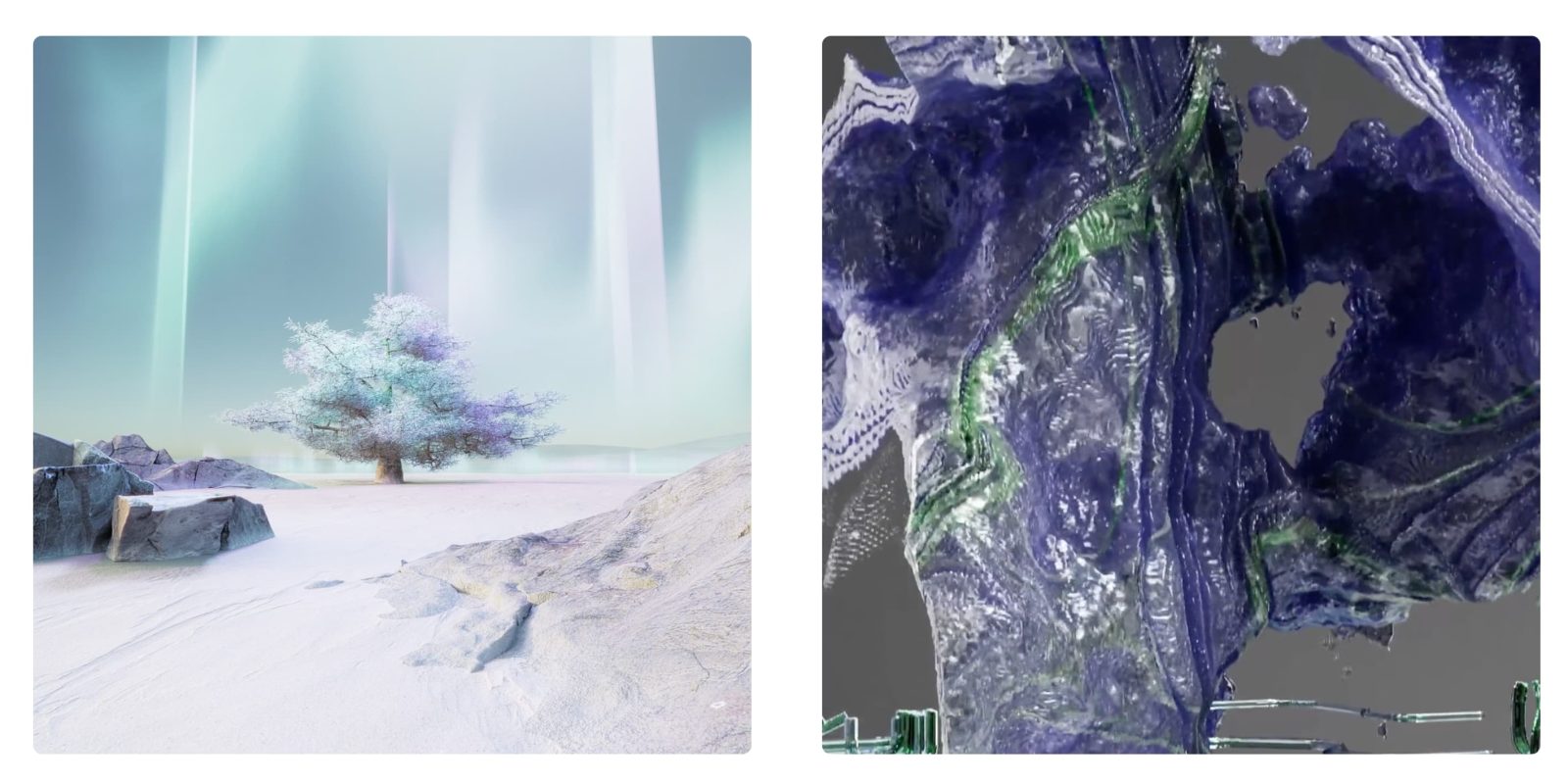
Google DeepMind wants to change the perception that the public has about AI by offering alternative art and imagery that’s “more diverse and accessible.”
AI – like algorithms and other software that doesn’t have a user-facing UI – is hard to represent. Common stand-ins include “streams of code, glowing blue brains or white robots with men in suits.”
These misleading representations of AI are used for everything from news stories and advertising to personal blogs. These stereotypes can negatively impact public perceptions of AI by giving people unrealistic expectations of technologies. Imagery of AI often excludes global perspectives and this lack of diversity can amplify inequalities in society.
Google DeepMind
To counter that, Google commissioned 13 artists to create over 100 pieces that were “inspired by conversations with scientists, engineers, and ethicists” at the company. They were given “complete creative freedom.” Key themes visualized include:
- “Artificial General Intelligence (AGI) describes AI that would be more generally capable in human-like ways. Many AI systems are good at specific tasks, but more general AI could be a transformative tool.”
- “Chip design is at the core of our phones, computers and digital lives. Producing new computer chips can take years of work, but AI-based approaches can speed up the design of more powerful and efficient circuits.”
- “Digital biology, or computational biology, is the use of data and AI to study life. This ranges from simulating biological systems to harnessing AI to uncover patterns in the natural world.”
- “Large image models, or large visual models, can recognise and categorise images by learning from datasets of photos and images. These models can also be used to create generative models that can create images from text, for example.”
- “Language models can recognise and understand text by learning from massive datasets. Large language models develop more advanced capabilities with more data and generate text.”
- “Neuroscience and AI have created a virtuous cycle in research. Early work on neural networks were inspired by psychology and neuroscience, and similarly approaches in AI can help teach us about ways in which humans may think.”
All of this Google DeepMind-commissioned art about AI is “openly available so anyone can download images and motion graphics free-of-charge.” Images are available on Unsplash, with videos (which could be used as B-roll for news segments) on Pexels, while a 10 GB “press pack” download is also available.
This piece explores the prediction method used in large language models. It was created by artist Wes Cockx as part of the Visualising AI project launched by Google DeepMind.
This image was inspired neural networks used in deep learning. It was created by Novoto Studio
This image represents how AI can be applied invisibly and beneficially to fields as diverse as medicine, transport, urban planning, climate change and energy. It was created by Tim West
This image visualises the benefits and flaws of large language models. It was created by Tim West
This image depicts AI safety research to prevent the misuse and encourage beneficial uses. It was created by artist Khyati Trehan
This image depicts how AI could adapt to an infinite amount of uses. It was created by Nidia Dias
FTC: We use income earning auto affiliate links. More.








Comments